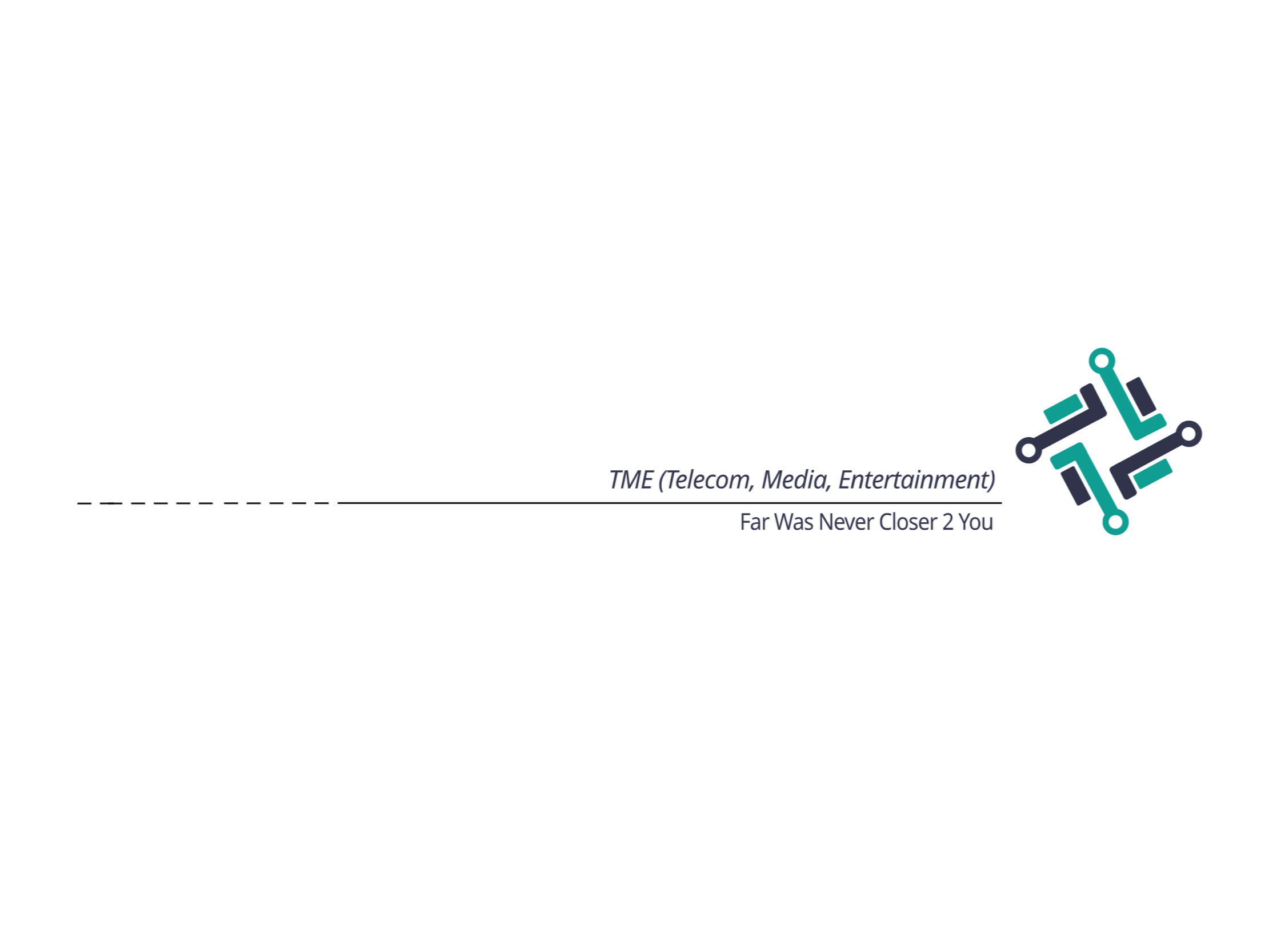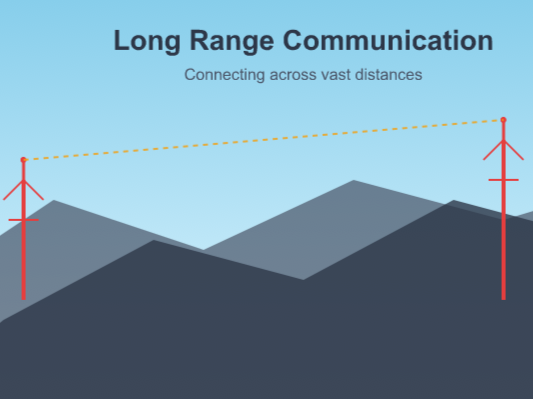
@Mend0z0 We Provide…
Our Nucleo-WL55-based IoT solution delivers a complete ecosystem designed to overcome traditional connectivity and deployment challenges through advanced engineering and integrated security features.
Power Management Excellence: The solution achieves industry-leading ultra-low power consumption of just 360 nA in Standby mode with RTC functionality, dramatically extending battery life and enabling cost-effective remote deployments across diverse applications.
Robust System Architecture: Built-in Watchdog Timer (WDT) integration ensures reliable system runtime by preventing crashes and maintaining continuous operation. The RTOS-ready architecture provides flexible development options and consistent performance under varying operational conditions.
Multi-Layer Security Framework: Security is embedded at every level, featuring secure OTA firmware updates through encrypted and authenticated channels, hardware Public Key Accelerator (PKA) for long-range secure transmission, and ARM Trust Zone implementation for comprehensive device integrity protection.
Advanced Connectivity Solutions: LoRa® technology enables uninterruptible wireless communication with support for multiple modulation schemes including (G)FSK, (G)MSK, and BPSK. Operating in sub-GHz bands eliminates interference from congested 2.4 GHz networks, ensuring reliable connectivity in challenging environments.
Streamlined Device Management: Each device features a unique 64-bit UID compliant with IEEE 802-2001 standards, enabling comprehensive device traceability and simplified fleet management across large-scale deployments.
This integrated approach transforms complex IoT challenges into manageable solutions, delivering secure, reliable, and energy-efficient connectivity that scales from prototype to production deployment across industrial, agricultural, and smart city applications.

Connecting the unreachable - with minimal power.
Key problems we'd face without long-range communication technologies like LoRa:
Emergency Response Failures: Rural areas, disaster zones, and remote locations would become communication dead zones during critical situations. Emergency services couldn't coordinate effectively, potentially costing lives when cellular towers fail or don't exist.
Agricultural Inefficiencies: Modern precision farming relies on sensor networks spanning vast fields to monitor soil conditions, weather, and crop health. Without long-range communication, farmers would lose real-time data collection, leading to reduced yields and wasted resources.
Infrastructure Monitoring Gaps: Critical infrastructure like pipelines, power grids, and water systems often span hundreds of miles through remote terrain. Without long-range communication, detecting leaks, outages, or failures would depend on manual inspections, creating dangerous delays.
Environmental Blindness: Weather stations, flood sensors, and environmental monitoring equipment in remote locations couldn't transmit data back to central systems. This would severely hamper weather forecasting, climate research, and early warning systems for natural disasters.
Economic Isolation: Remote communities and businesses would struggle to participate in digital economies. Supply chain tracking, remote equipment monitoring, and automated systems would be impossible in areas beyond traditional network coverage.
Scientific Research Limitations: Field research in remote locations - from wildlife tracking to geological monitoring - would lose the ability to transmit real-time data, forcing researchers back to time-consuming manual data collection methods.
The absence of long-range, low-power communication would essentially create a two-tiered world where remote areas remain disconnected from the digital infrastructure that increasingly underpins modern society.
